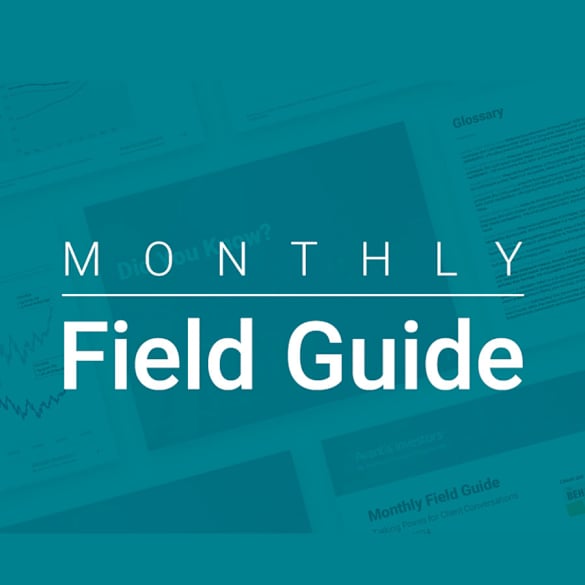Insights Library
Behavioral Divide The Empty Nester Phase and Its Importance for Retirement Re...
30 min | Watch
Jun 24 | 2025


10 min | Read
May 31 | 2025

5 min | Read
May 31 | 2025

30 min | Watch
Apr 30 | 2025

5 min | Read
Apr 30 | 2025

30 min | Watch
Mar 28 | 2025

5 min | Read
Jan 31 | 2025

5 min | Read
Jan 31 | 2025

Avantis Investors® Monthly Field Guide: Talking Points for Client Conversations
The Avantis Investors Field Guide is created with your clients in mind. Published every month, this piece includes data and commentary covering various markets and headlines from across the globe, as well as insights from academic thought leaders.
Contact











